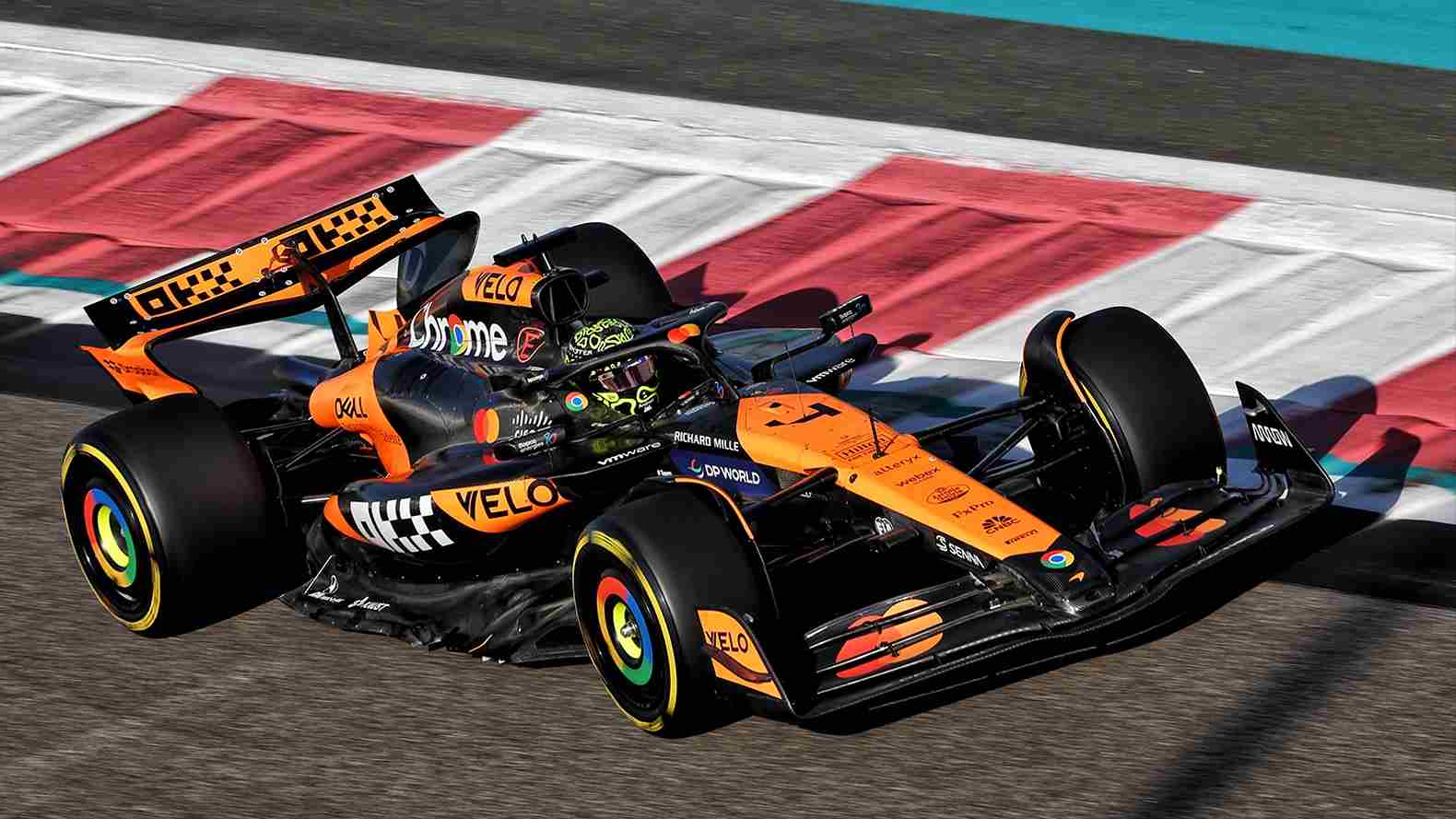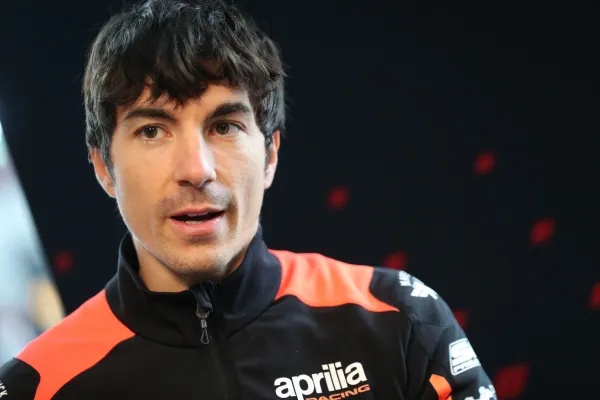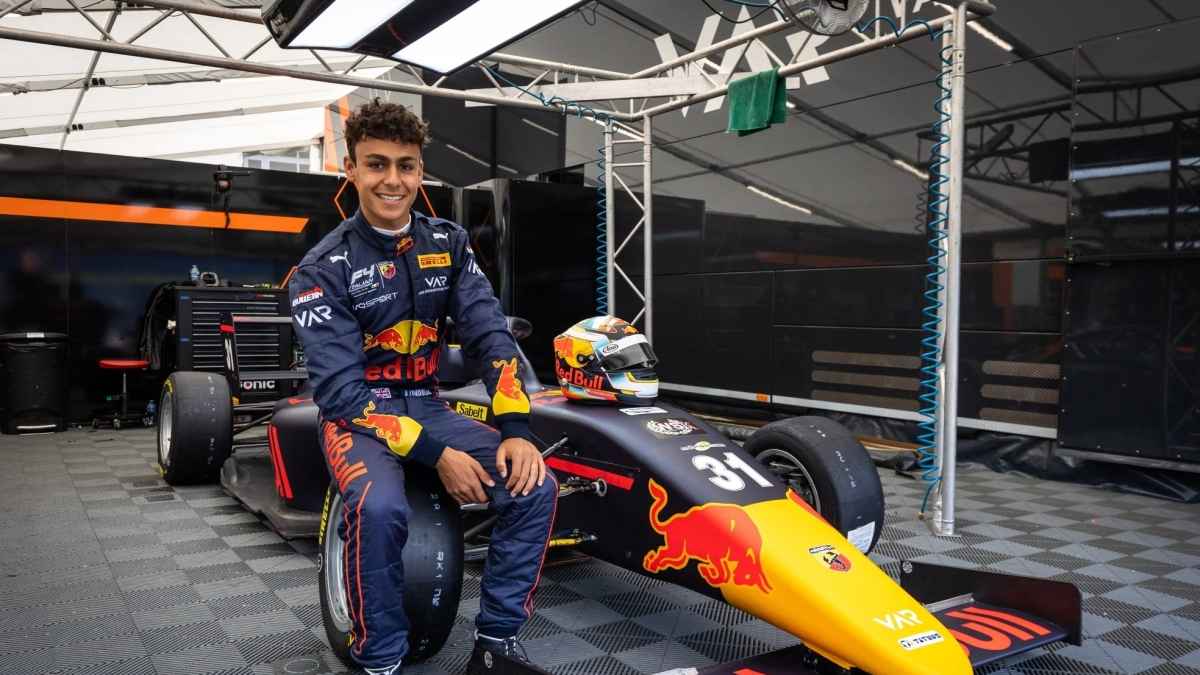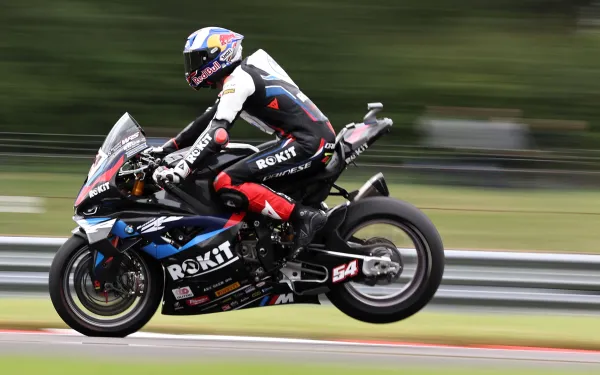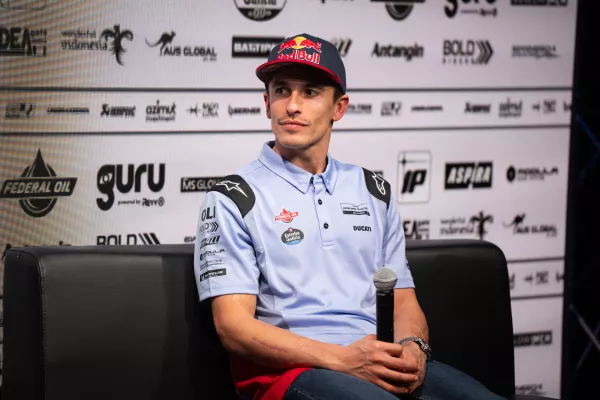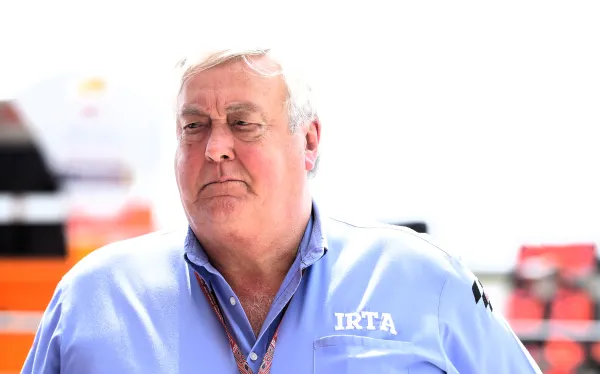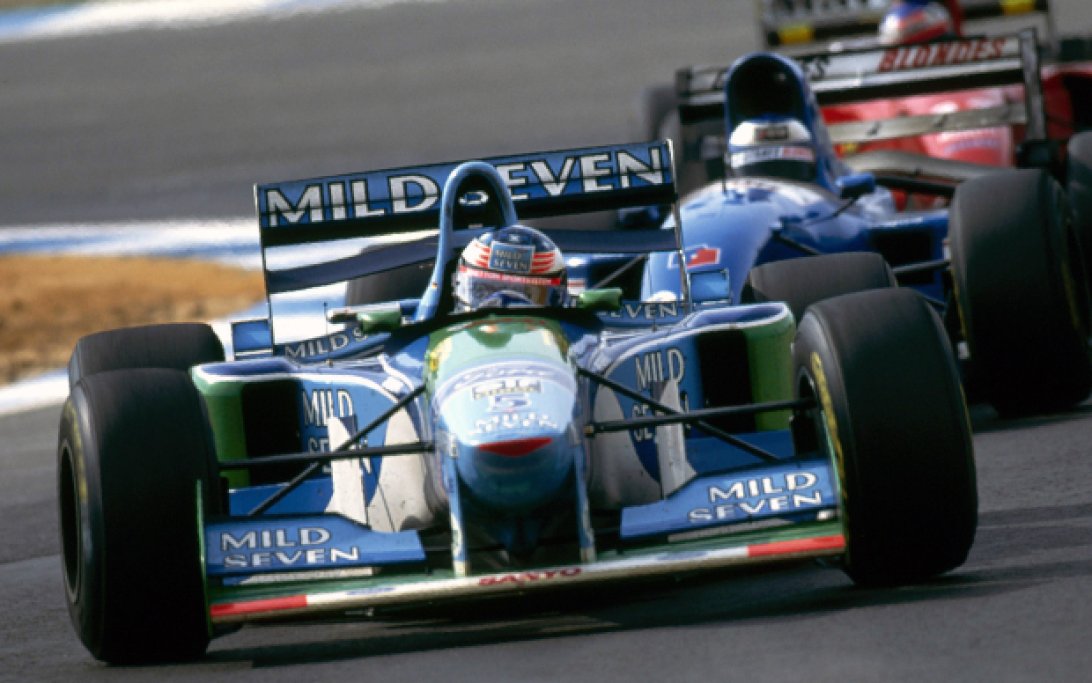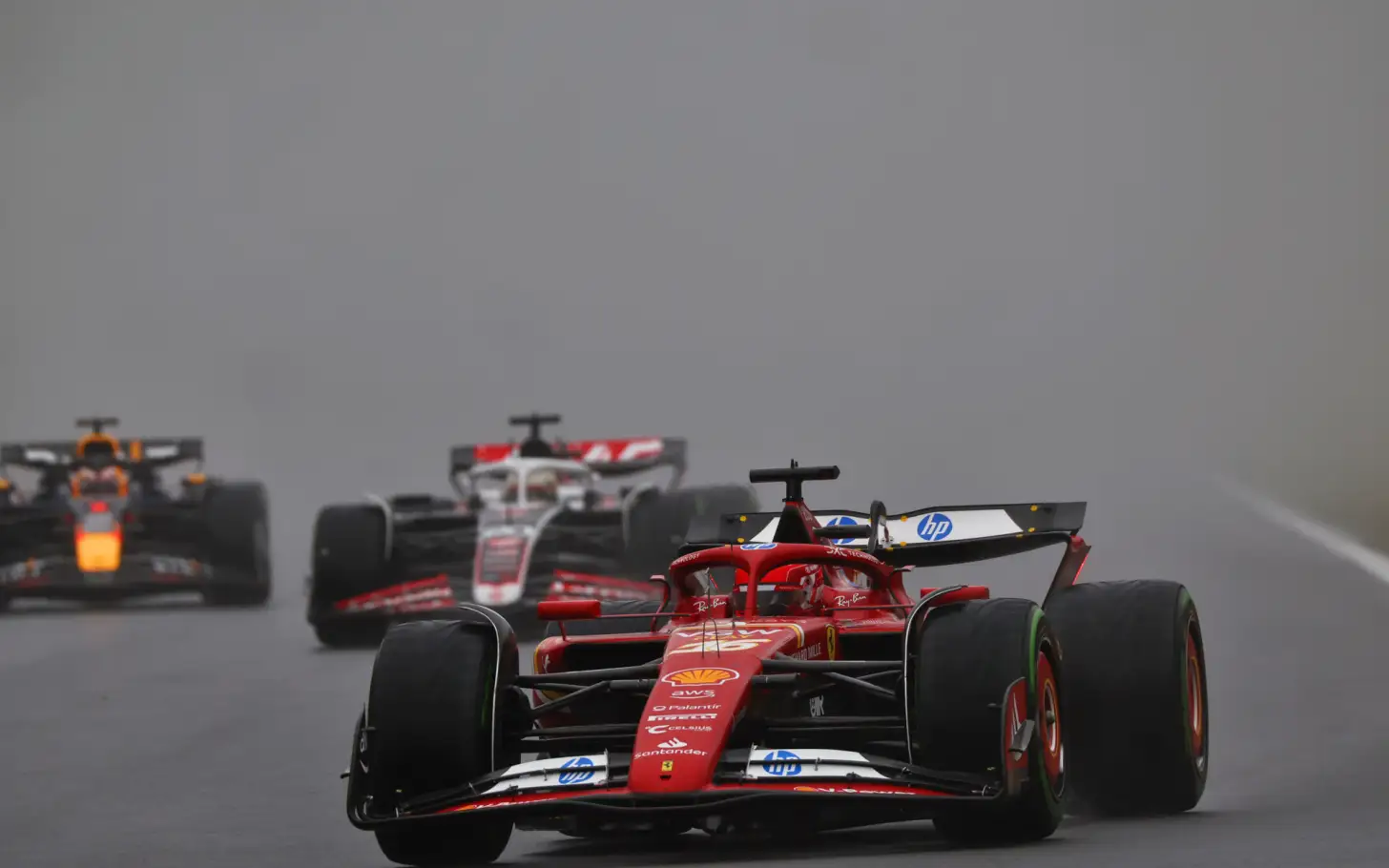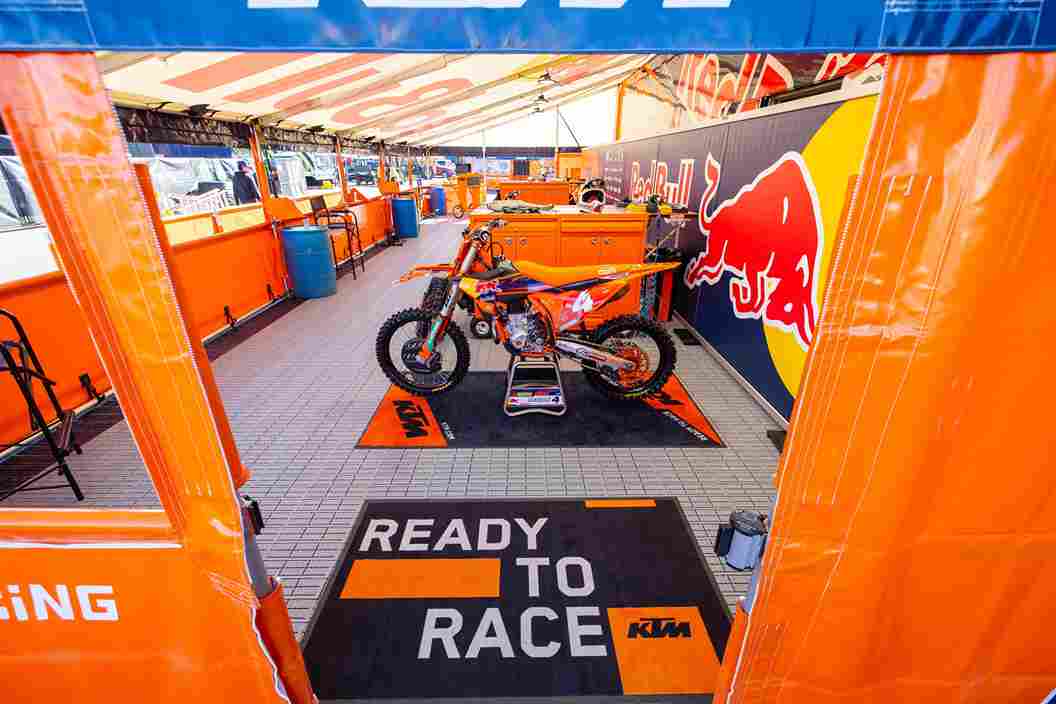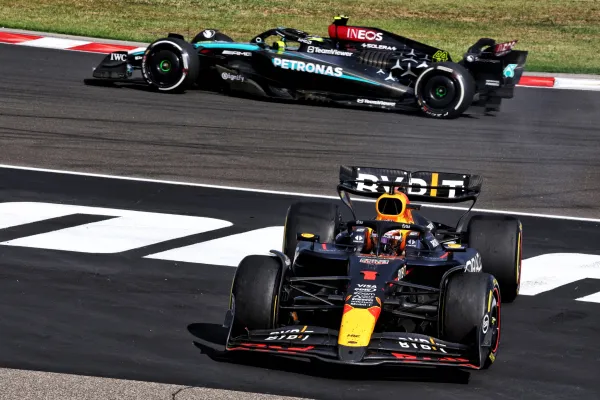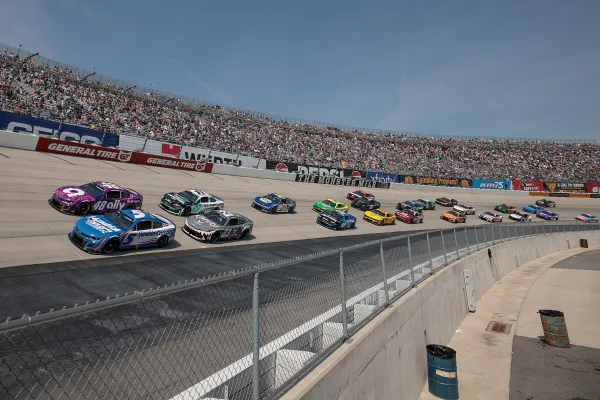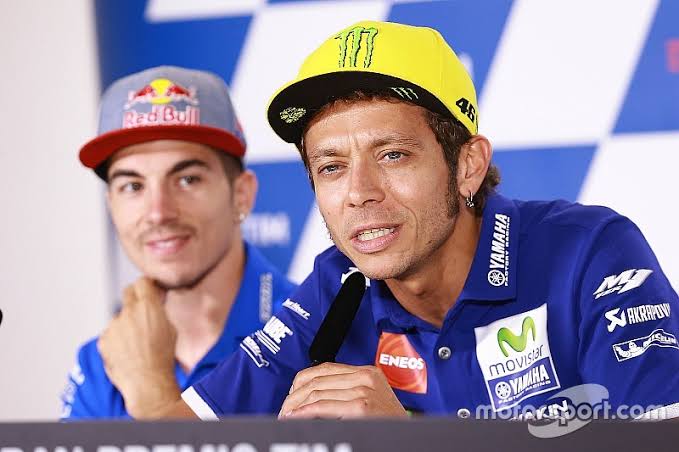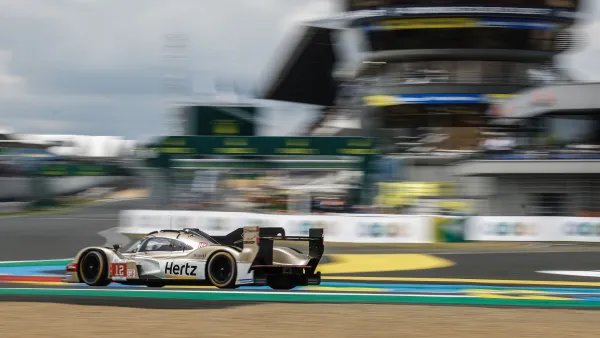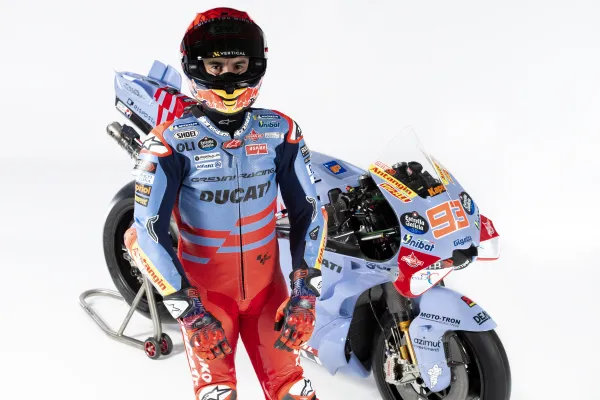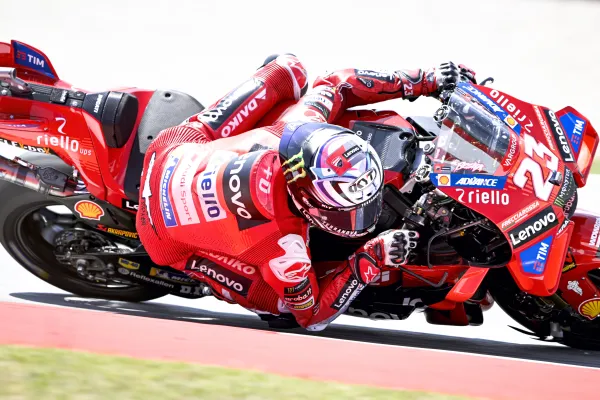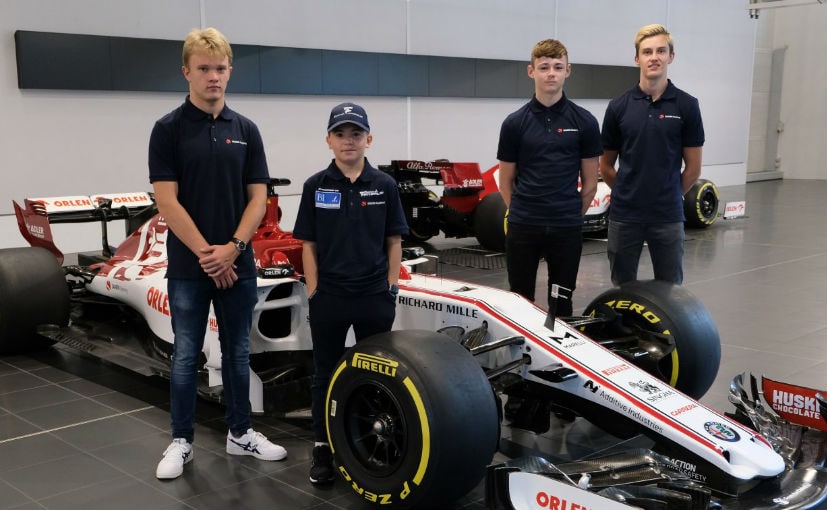McLaren’s Response To F1’s Flexible Rear Wing Clampdown: No Changes Needed
Formula 1 is no stranger to controversy, particularly when it comes to the technical regulations that govern the sport. In 2025, one issue that has grabbed the attention of teams and fans alike is the FIA’s new clampdown on flexible rear wings. The move was sparked by concerns over certain teams allegedly exploiting the flexibility of their rear wings to gain an aerodynamic advantage. McLaren, often at the centre of these discussions, has been vocal in defending its position, insisting that it won’t need to make any changes to its 2025 car. In this article, we will break down the FIA’s latest move, McLaren’s response, and what it means for the future of the season.
The FIA’s New Technical Directive
The FIA’s decision to impose stricter tests on rear wing flexibility followed an intense analysis of the car’s performance during the Australian Grand Prix in Melbourne. In an immediate reaction to what was perceived as an unfair advantage gained by certain teams, the FIA announced it would tighten the tolerance on rear wing movement, cutting the allowable slot gap from 2mm to 0.75mm for the upcoming Chinese Grand Prix, with plans to further reduce it to 0.5mm for subsequent races.
This sudden shift in regulations was seen as a direct response to what some believed was an exploitation of flexible rear wings, particularly by teams like McLaren. The flexible wing concept, often referred to as the “mini-DRS,” is a technique that enhances the car’s aerodynamic performance by adjusting the wing’s flexibility under load. This tactic had been used successfully in 2024, and it seemed McLaren had once again pushed the boundaries of what was permissible under the rules.
McLaren’s Unfazed Response
Despite the heightened scrutiny and the changes to the regulations, McLaren has been adamant that it will not need to make any alterations to its 2025 car. The team claims that its rear wing, which was tested thoroughly after the Australian GP, was always in compliance with the stricter guidelines that will now be enforced. Lando Norris, McLaren’s star driver, addressed the issue head-on, stating that the team’s wing would have passed the stricter tests without any issues.
Norris’s comments emphasized that McLaren had never been pushing the limits of the regulations as far as flexible rear wings were concerned. “Nope, we don’t have to change anything,” he said. “In fact, ours is probably too good, and we probably are not pushing the limits enough, honestly.” He further pointed out that the new technical directive seemed to target other teams rather than McLaren. Norris even joked that the new rules might motivate McLaren to push the limits even more in the future.
This stance from McLaren, while confident, raises interesting questions about the ongoing debate surrounding flexible wings in F1. While other teams, notably Red Bull, had voiced concerns about McLaren’s use of the technology, McLaren’s quick response seems to indicate that it believes its car has been within the bounds of the regulations all along.
The Bigger Picture: Why the FIA Made the Move
The introduction of this technical directive by the FIA was not arbitrary. Over the past few seasons, there has been increasing concern about the use of flexible aerodynamics in Formula 1. This technology, while innovative, has often been seen as a grey area in terms of regulation. As cars become more technologically advanced, teams find new ways to gain performance, sometimes by pushing the rules to their limits. In 2024, McLaren’s “mini-DRS” wings, which adjusted under aerodynamic load to produce a more efficient downforce profile, were controversial due to their potential to violate the spirit of the regulations.
It is not surprising that the FIA decided to step in and clamp down on the use of flexible rear wings. With the increased monitoring of rear wing deflection, which involved high-definition cameras and additional load tests in the garages during the Australian GP, the governing body was able to collect data that suggested some teams may have been exploiting the rules more than others. However, the FIA also conceded that all cars passed the previous checks, suggesting that the rule change was based on a desire for stricter oversight, rather than a specific incident of rule-breaking.
Impact on the 2025 Season: What Does This Mean for McLaren?
For McLaren, the FIA’s new clampdown might not have the immediate impact some expect. In fact, the team’s response suggests it has been ahead of the curve when it comes to complying with the regulations surrounding flexible rear wings. McLaren’s confidence is further backed by comments from Mercedes driver George Russell, who, after the Australian GP, noted that McLaren’s performance was so strong that it could stop developing its 2025 car right now and still win the season’s titles.
Russell’s statement reflects the growing recognition that McLaren has taken a significant leap forward in performance. The team’s ability to adapt to the FIA’s new rules without making any changes to its car shows just how well-prepared they are for the challenges of the 2025 season. While teams like Red Bull may have lobbied for the rule change, McLaren’s stance highlights the fact that the new regulations may have little impact on the team’s overall performance.
The Bigger Picture for F1 and Aerodynamics
The FIA’s clampdown on flexible rear wings is a reminder of how the sport of Formula 1 constantly evolves. As teams innovate and push the boundaries of what’s possible, the governing body must ensure that the regulations keep up with technological advancements. The flexing of rear wings is just one example of how aerodynamics can be manipulated to gain a competitive advantage, and it’s likely that other areas of the car will be scrutinised in the future.
For McLaren, the immediate future looks bright, but the team will continue to face challenges from rivals such as Red Bull and Ferrari, who are equally determined to gain any aerodynamic advantage they can. With the 2025 season already shaping up to be one of the most competitive in recent memory, it will be fascinating to see how teams adapt to the changing technical landscape.
Conclusion
McLaren’s response to the FIA’s flexible rear wing clampdown is a clear indication that the team remains confident in its car’s compliance with the new regulations. The team’s claim that it does not need to make any changes to its 2025 car reinforces the notion that McLaren is already operating at the top of its game, even as the sport continues to evolve. With the FIA’s stricter testing procedures and the increased scrutiny of aerodynamic innovations, the 2025 season promises to be a thrilling one, with McLaren poised to remain at the forefront of the action.
Stay tuned to our blog for more updates on Formula 1’s ever-evolving technical regulations. For a deeper dive into the strategies behind successful sports events, check out our article on How Teams Are Adapting to New F1 Regulations in 2025.
